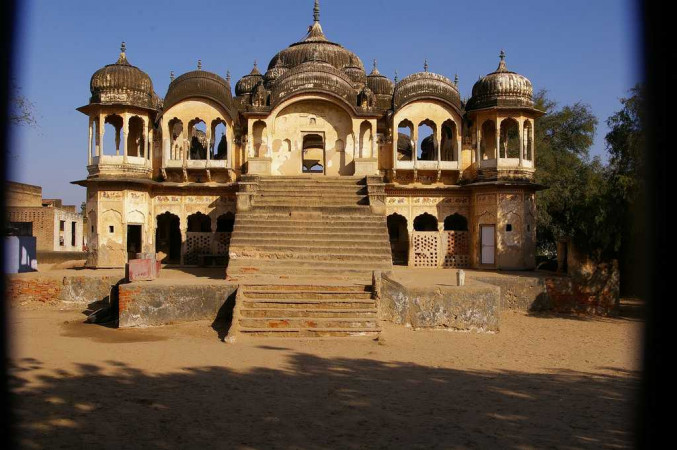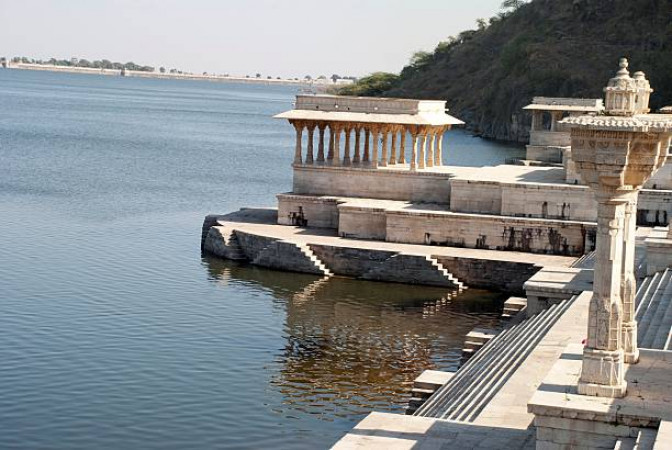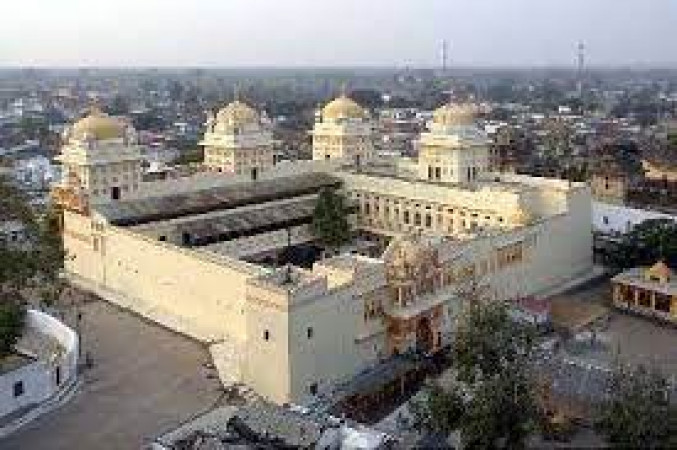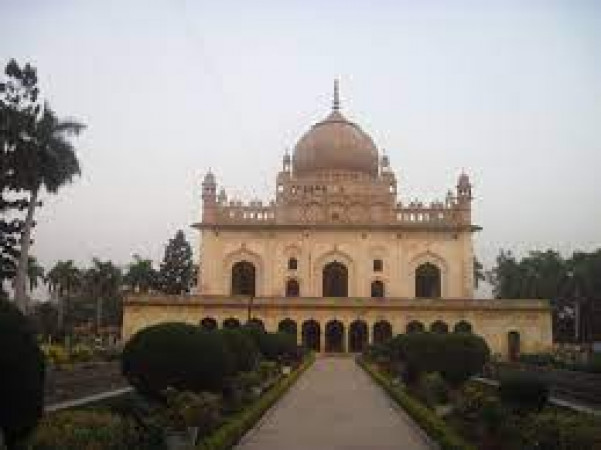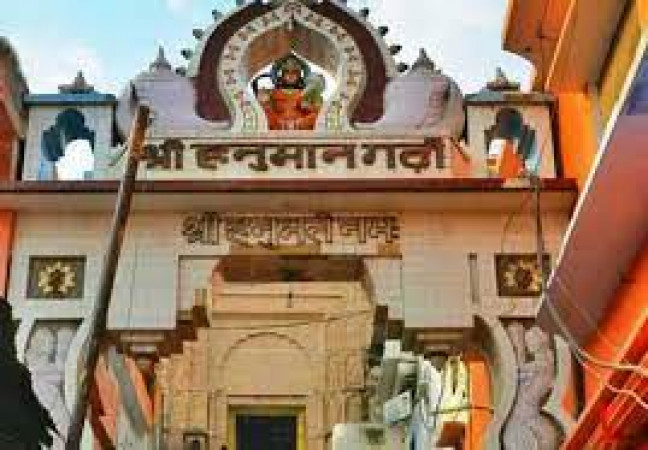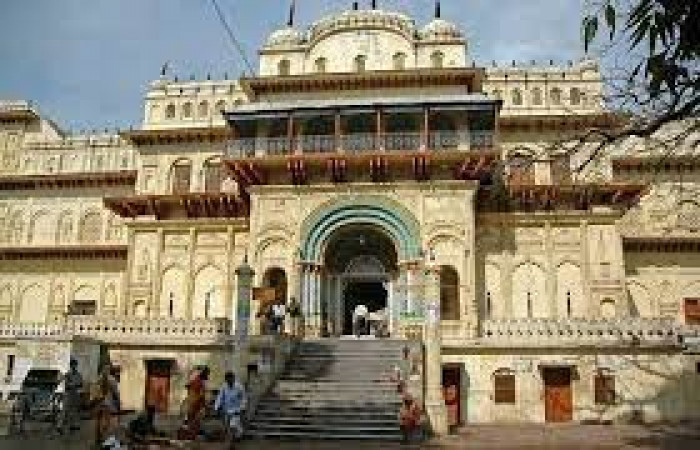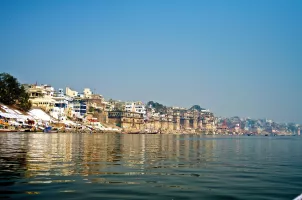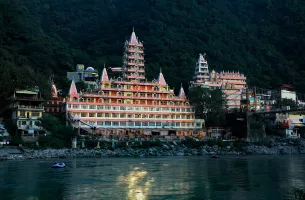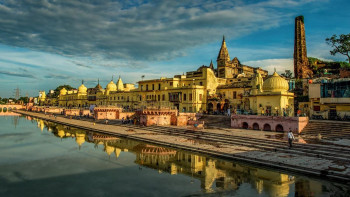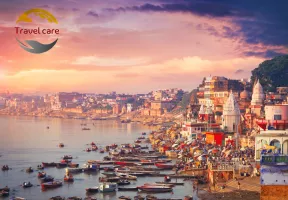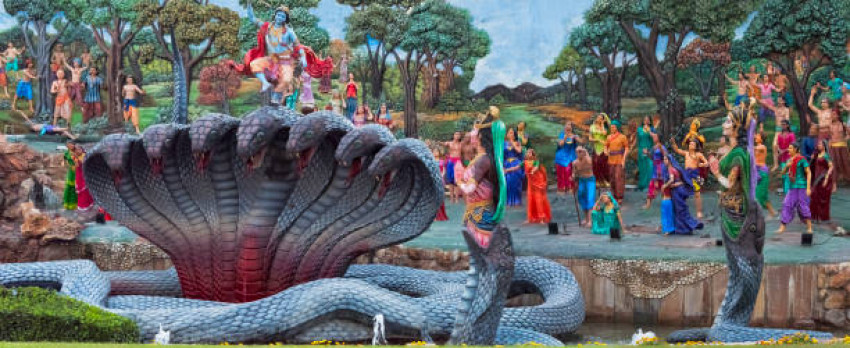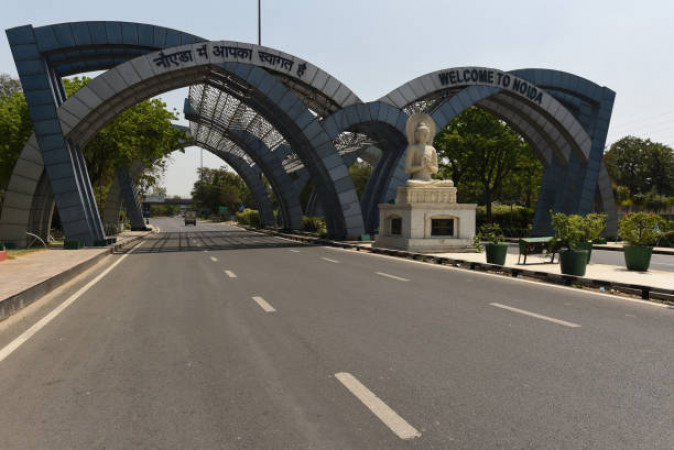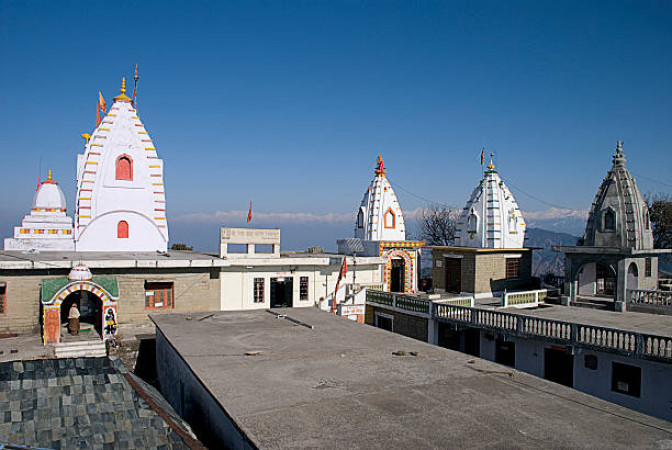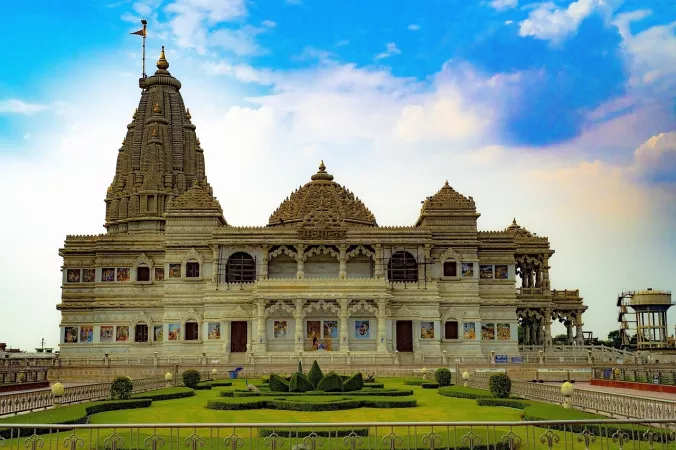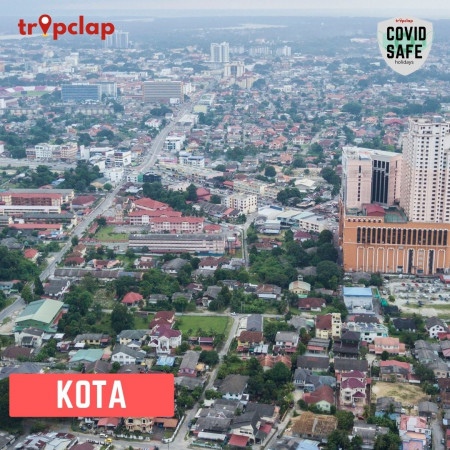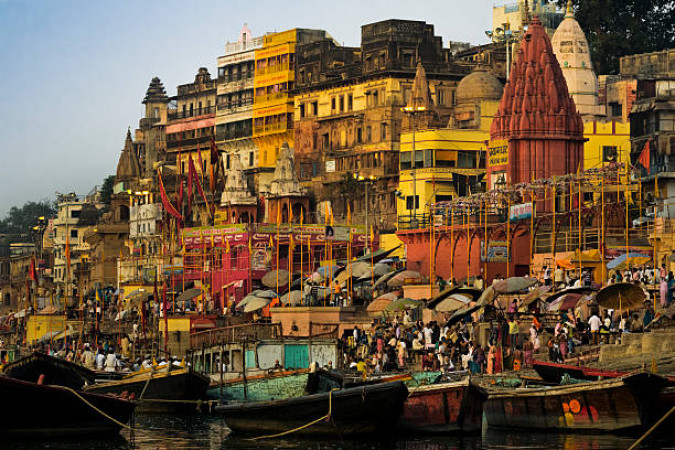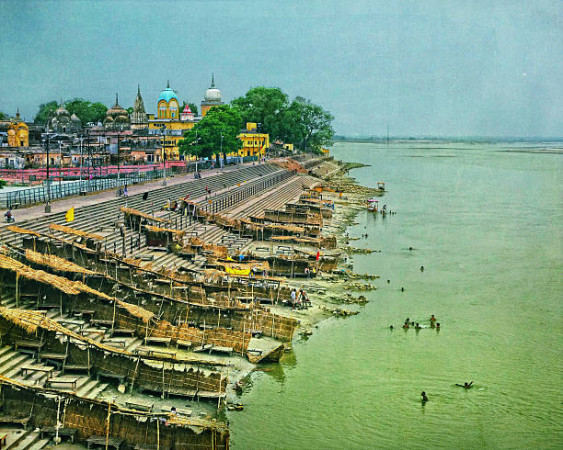
Ayodhya
Package
3000 to 10000
3000 to 10000
Duration
1 to 2 Days
1 to 2 Days
Best time to visit
Feb, Oct-Nov
Feb, Oct-Nov
Theme
Religious, Heritage
Religious, Heritage
Ayodhya Travel Guide
Ayodhya, located in the northern state of Uttar Pradesh in India, is a city steeped in history, mythology, and spirituality. Known as the birthplace of Lord Rama, Ayodhya holds immense cultural significance for Hindus around the world. The city is also known for its beautiful temples, serene ghats along the Sarayu River, and vibrant festivals that attract pilgrims and tourists alike. Ayodhya's rich history and religious importance make it a must-visit destination for those seeking a deeper understanding of Indian culture.Top Attractions in Ayodhya
- Shri Ram Janmabhoomi
- Hanuman Garhi
- Kanak Bhawan
- Nageshwarnath Temple
- Treta Ke Thakur
Ayodhya is Famous for
Known as the birthplace of Lord Rama, Ayodhya is most famous for its religious and historical significance.Top Attractions in Ayodhya
Ayodhya offers a unique blend of spirituality and history for travelers to explore:- Visit the sacred Shri Ram Janmabhoomi
- Explore the ancient Hanuman Garhi temple
- Admire the intricate architecture of Kanak Bhawan
- Experience the tranquility of the Nageshwarnath Temple
- Pay homage at the Treta Ke Thakur shrine
What's Great about Travelling to Ayodhya?
- Experience the spiritual aura of a significant Hindu pilgrimage site
- Immerse yourself in the rich history and mythology of the city
- Witness vibrant festivals and rituals that showcase Indian culture
What's Not So Great about Travelling to Ayodhya?
- May not appeal to travelers seeking a modern, cosmopolitan experience
- Certain areas can be crowded and chaotic during peak pilgrimage seasons
- Limited nightlife and entertainment options compared to larger cities
Travel Tips for Ayodhya
- Respect local customs and dress modestly when visiting temples
- Be prepared for warm weather, especially during summer months
- Plan your visit during major festivals for a truly immersive experience
Important Ayodhya trip information
- Ideal Duration: 2-3 days
- Best Time to Visit: October to March for pleasant weather
- Nearby Airports and Railway Stations: The nearest airport is in Lucknow, approximately 140 km away, and the nearest railway station is Ayodhya Junction.
Top 11 Places to visit in Ayodhya
Per Person
17,499
*EXCLUDING APPLICABLE TAXES 4.3 Ratings
( 218 Reviews )
( 218 Reviews )
Per Person
7,190
*EXCLUDING APPLICABLE TAXES Total
38,900
*EXCLUDING APPLICABLE TAXES Per Person
12,332
*EXCLUDING APPLICABLE TAXES 4.9 Ratings
( 200 Reviews )
( 200 Reviews )
Per Person
8,826
*EXCLUDING APPLICABLE TAXES 4.9 Ratings
( 200 Reviews )
( 200 Reviews )
Per Person
10,540
*EXCLUDING APPLICABLE TAXES 5.0 Ratings
( 27 Reviews )
( 27 Reviews )
FAQ's on Ayodhya
Q1: What is the best time to visit Ayodhya?
The best time to visit Ayodhya is during the winter months from October to March when the weather is pleasant and ideal for exploring the city. This period also coincides with many festivals and events, adding to the cultural experience of the visit.
Q2: Do I need a visa to travel to Ayodhya?
Most tourists visiting Ayodhya will need a visa to enter the country. However, there are exceptions for certain nationalities with visa-on-arrival facilities. It is advisable to check with the local embassy or consulate for specific visa requirements before planning your trip.
Q3: What are the must-visit attractions in Ayodhya?
Ayodhya is known for its rich cultural and historical heritage. Must-visit attractions include the Ram Janmabhoomi Temple, Hanuman Garhi, Kanak Bhawan, and the scenic Saryu River. Visitors should also explore the Ayodhya Museum and the Nageshwarnath Temple for a comprehensive experience.
Q4: Is Ayodhya a safe place to travel?
Ayodhya is generally a safe destination for travelers. However, it is recommended to be cautious in crowded areas and to respect local customs. It is advisable to avoid any political gatherings or demonstrations and to stay informed about the current situation.
Q5: What is the local currency in Ayodhya and can I use credit cards?
The local currency in Ayodhya is the Indian Rupee (INR). Credit cards are widely accepted in hotels, restaurants, and larger establishments, but it is advisable to carry cash for smaller vendors and markets. ATMs are also readily available in the city.
Q6: What is the local cuisine like in Ayodhya?
Ayodhya offers a variety of traditional North Indian cuisine. Popular dishes include chaat, kachori, and thandai. Vegetarian options are prevalent due to local dietary preferences. Visitors should try the local sweets like peda and gujiya for a taste of authentic Ayodhya flavors.
Q7: What transportation options are available in Ayodhya?
Transportation in Ayodhya includes auto-rickshaws, cycle rickshaws, and taxis for local travel. Public buses and private cabs are also available for longer journeys. Renting a car or hiring a guide for sightseeing is a convenient option for exploring the city and its surroundings.
Q8: Are there any cultural norms or etiquette I should be aware of when visiting Ayodhya?
When visiting Ayodhya, it is important to respect local customs and traditions. Modest clothing is recommended when visiting religious sites, and it is customary to remove shoes before entering temples. Greeting people with "Namaste" and being polite and courteous are valued cultural norms in Ayodhya.
Q9: I am a travel agent. How can I buy travel leads of Ayodhya?
Register yourself as a travel agent at agents.tripclap.com and then you can buy travel leads to Ayodhya once your account is approved. For more details contact our support team at +91-8069186564 or support@tripclap.com
